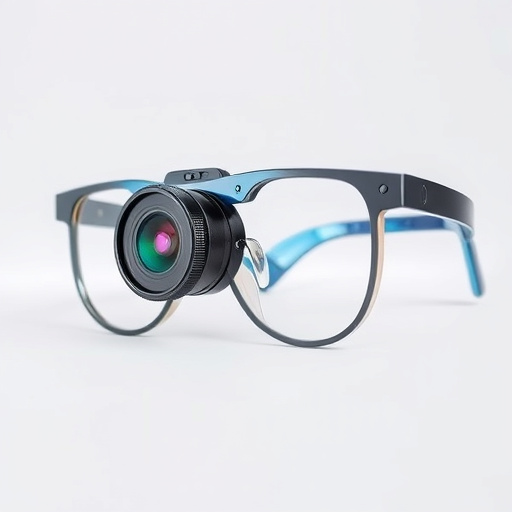Glasses with a camera built-in, or hidden camera sunglasses, combine fashion and technology, offering high-definition video recording, motion activation, night vision, real-time streaming, and wireless connectivity to smartphones. Popular among hobbyists and professionals alike, they revolutionize content creation, security, and surveillance. However, their discreet nature raises ethical and legal privacy concerns, with varying interpretations of acceptable surveillance across jurisdictions. Users must educate themselves about rights and responsibilities to ensure respectful use within legal boundaries.
“Discover the revolutionary world of glasses with a camera built in—a cutting-edge technology transforming personal recording. This article explores the multifaceted glasses with a camera ecosystem, delving into their features and functionality. We analyze the surge in popularity, uncovering the compelling reasons behind their adoption. Furthermore, we navigate the ethical considerations and legal implications surrounding this discreet yet powerful tool, providing an insightful guide to its use.”
Understanding Glasses with a Camera Built-In: Features and Functionality
Glasses with a camera built-in, often referred to as hidden camera glasses, offer a unique blend of fashion and technology. These innovative devices are designed to look like conventional sunglasses while discreetly incorporating advanced video recording capabilities. The camera is typically integrated into one or both lenses, allowing for hands-free, unobtrusive video capture. Features can include high-definition video recording, motion activation for power saving, and even night vision capabilities.
Functionality extends beyond simple recording. Many models offer real-time video streaming, enabling users to share their perspective instantly. They may also come with memory storage options or the ability to connect wirelessly to smartphones for easy transfer and editing. These glasses cater to various needs, from hobbyists capturing unique moments to professionals in fields like journalism, security, and sports, who require a discrete yet powerful recording solution.
The Rise in Popularity: Why Wear Hidden Camera Glasses?
In recent years, there’s been a surge in interest for glasses with a camera built-in, also known as hidden camera glasses. This tech trend is driven by a mix of factors that cater to both personal and professional needs. For casual users, these glasses offer a discreet way to capture memorable moments without drawing attention, perfect for travel vlogs or documenting everyday life. The compact design allows for easy portability, making it convenient to have a built-in camera at all times.
For professionals, hidden camera glasses open up new possibilities in content creation, security, and surveillance. They’re ideal for influencers looking to capture authentic, unscripted footage, or for security personnel needing hands-free, unobtrusive monitoring. The ability to record high-quality video and take photos discreetly has made these glasses a game changer in various industries, revolutionizing the way we document and share our experiences.
Ethical Considerations and Legal Implications of Wearing Camera Glasses
The integration of technology into everyday life, symbolized by glasses with a camera built-in, raises important ethical considerations and legal implications. As these devices become more accessible, users must grapple with potential privacy violations. Wearing camera glasses can capture personal moments or public interactions without explicit consent from those involved, posing significant risks to individual privacy. This is especially concerning in spaces where people reasonably expect confidentiality, such as medical facilities or intimate gatherings.
Furthermore, the legal landscape surrounding these devices is still evolving. Different jurisdictions have varying interpretations of what constitutes acceptable surveillance and data collection. Users who wear glasses with a camera built-in must navigate laws related to consent, data protection, and public space monitoring. It’s crucial for individuals considering this technology to stay informed about their rights and responsibilities to ensure they’re operating within legal boundaries and respecting the privacy of others.
